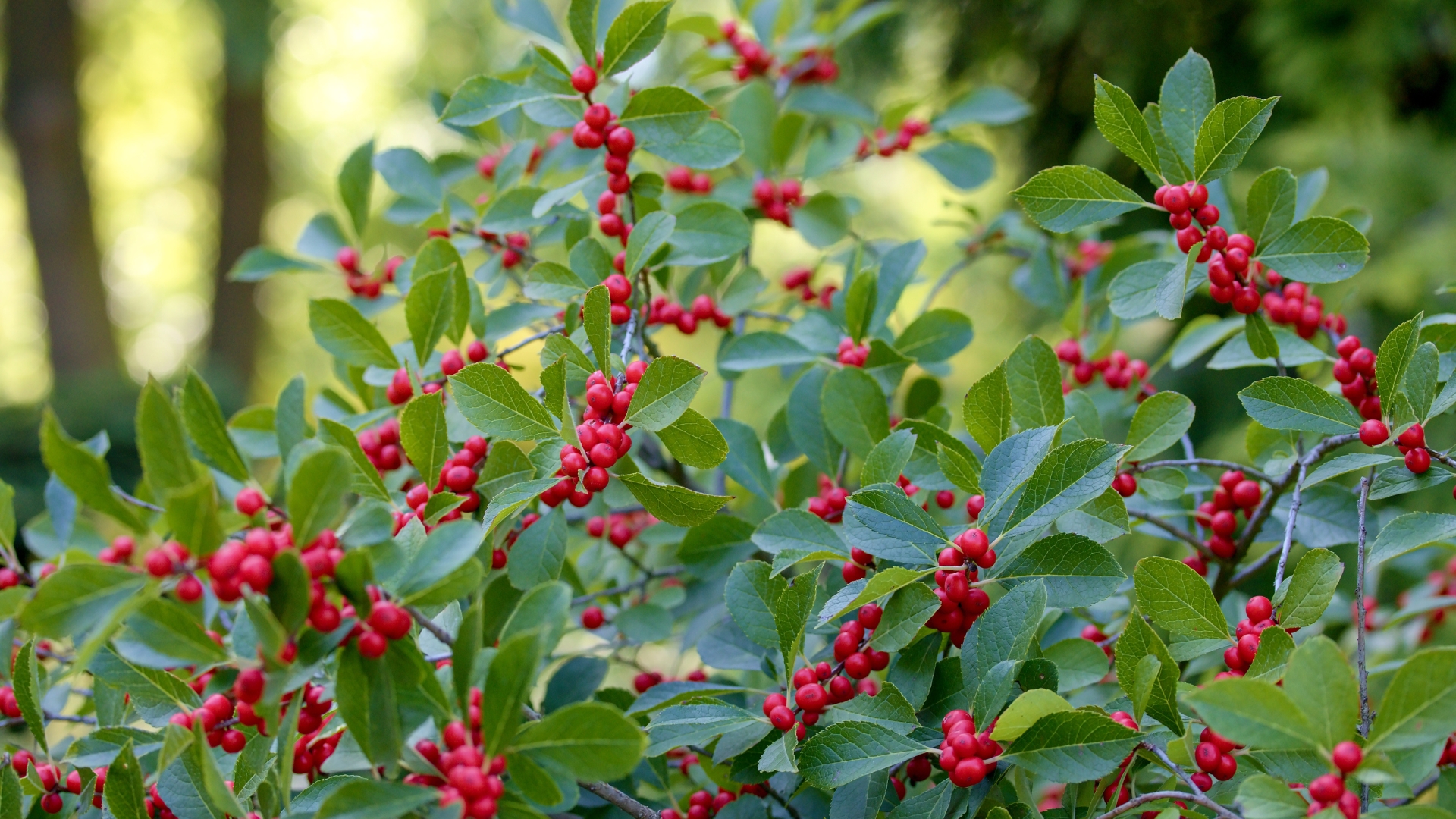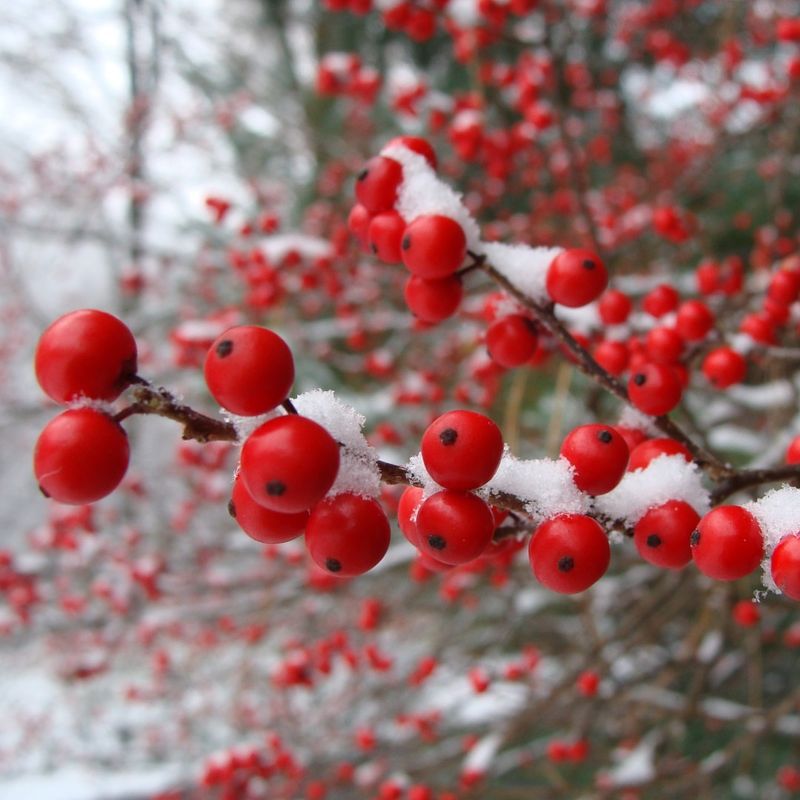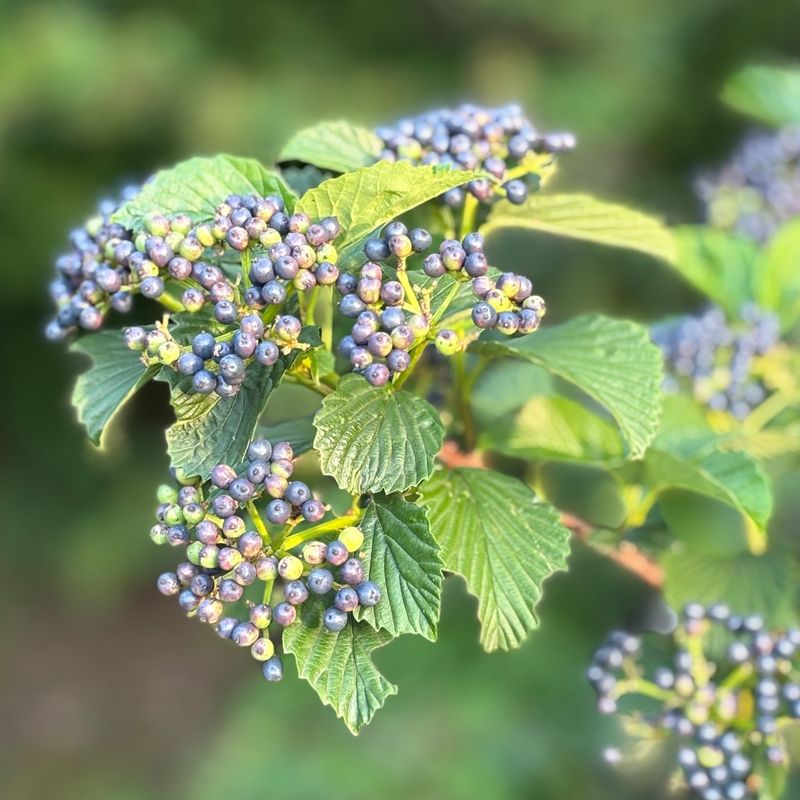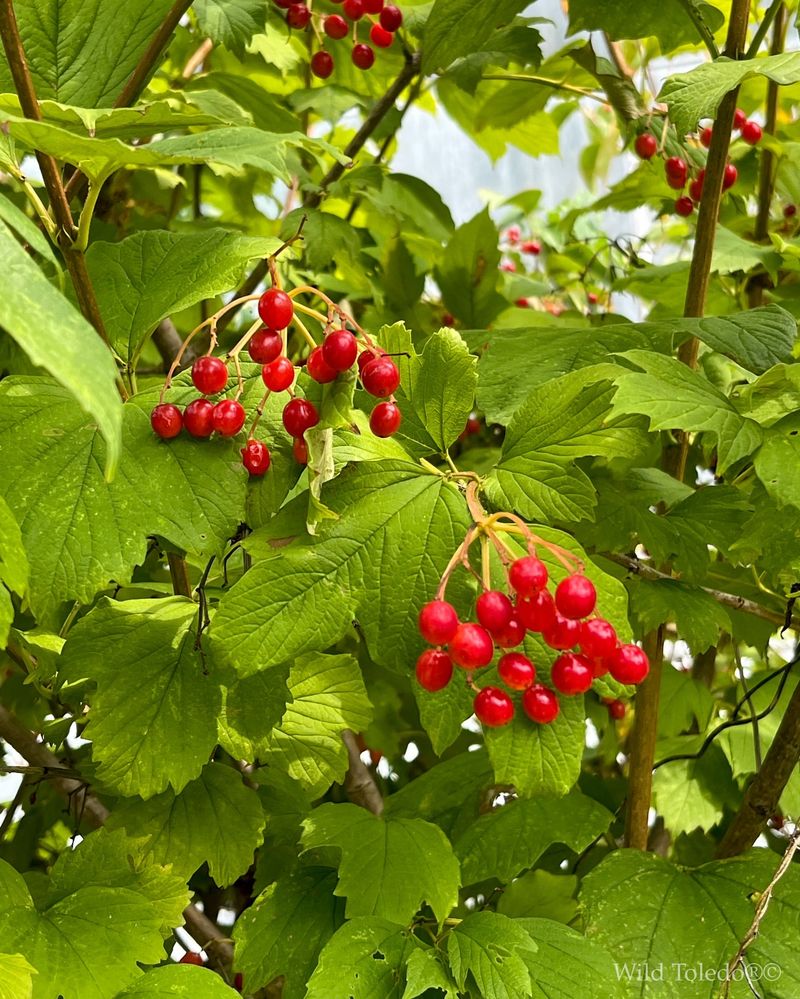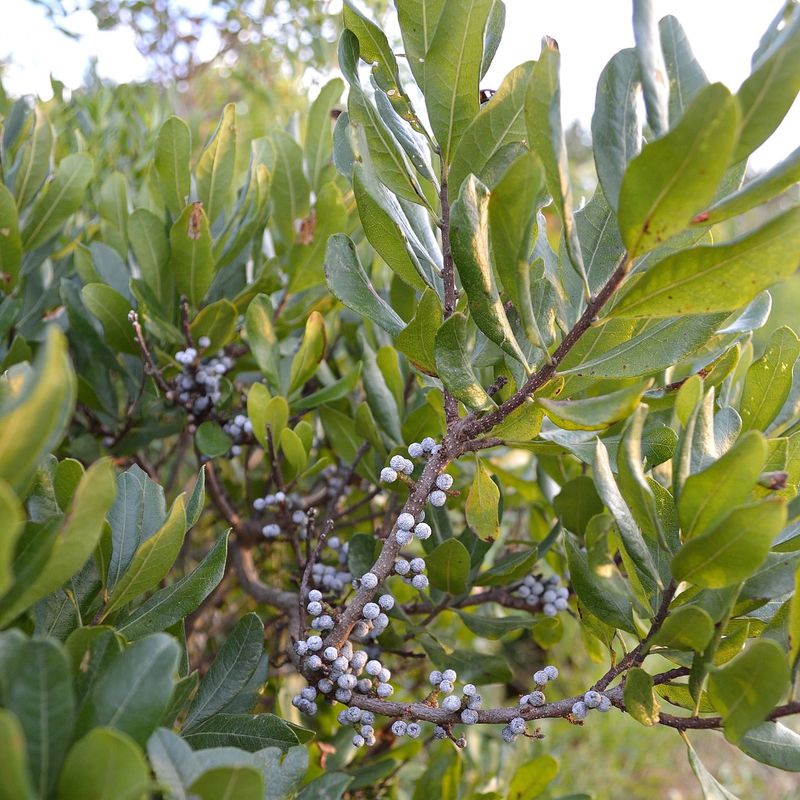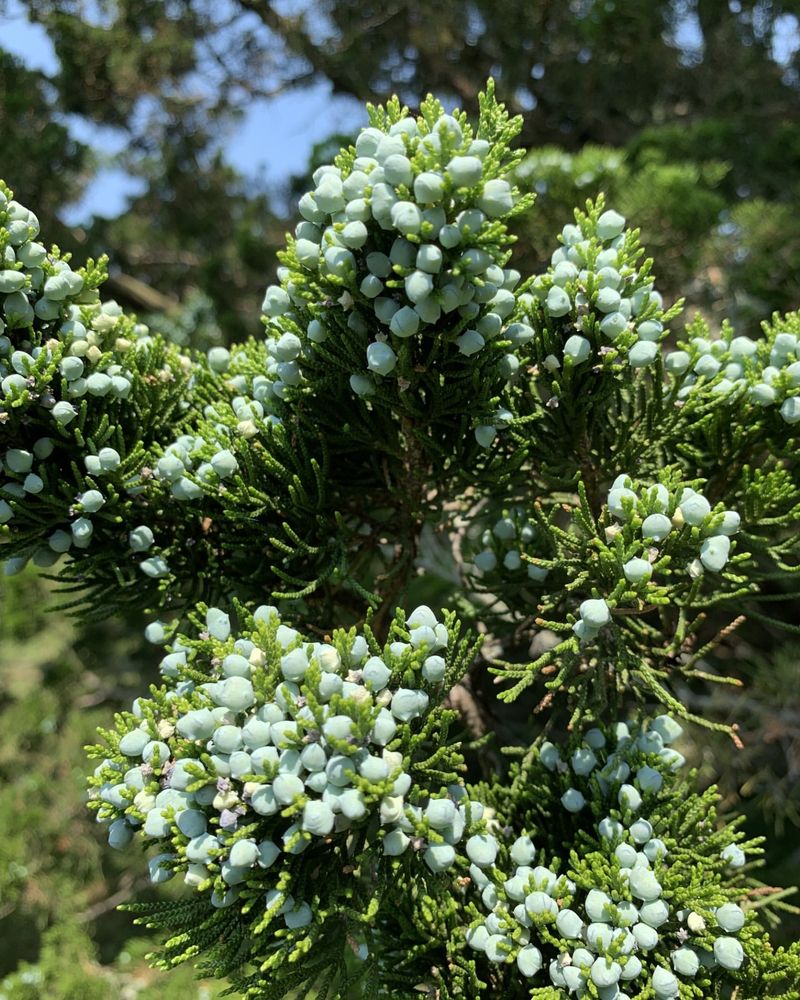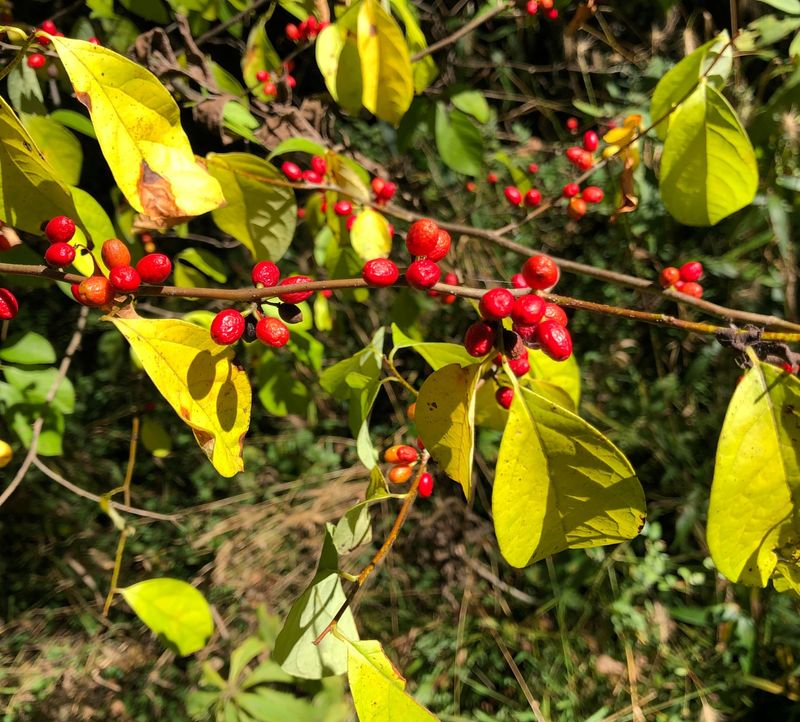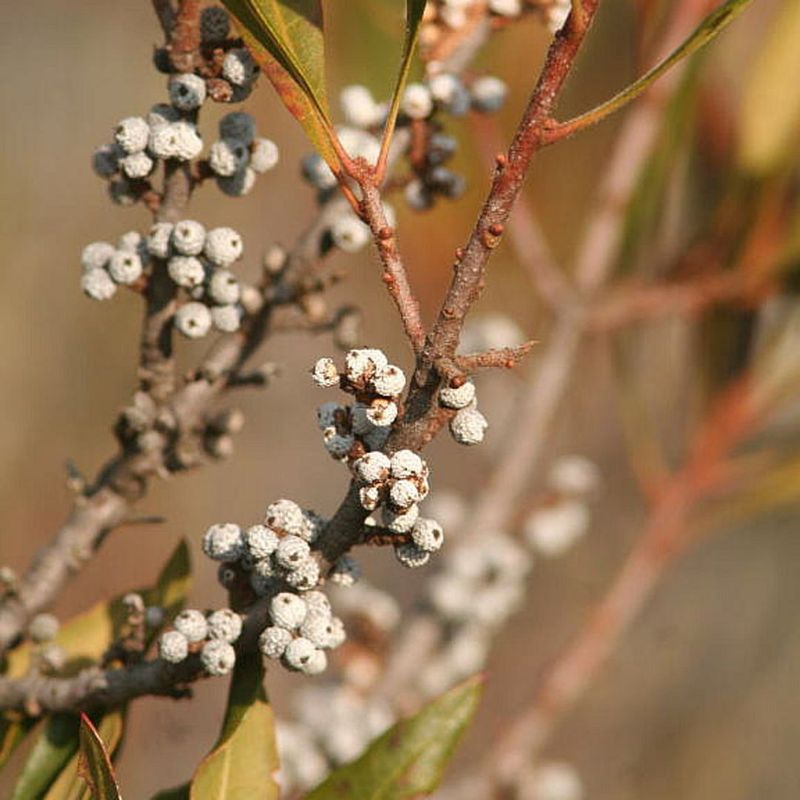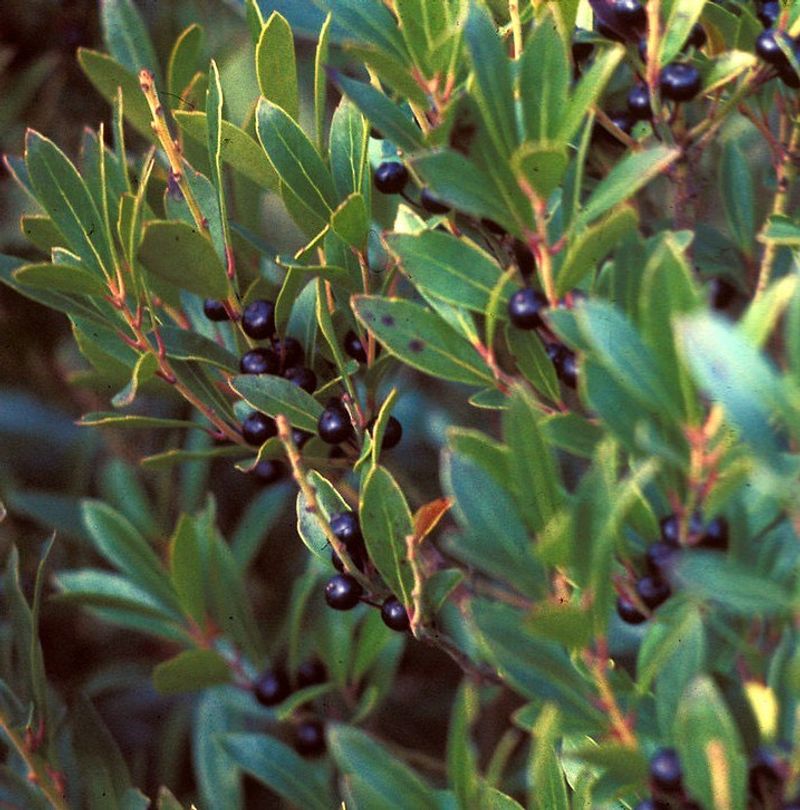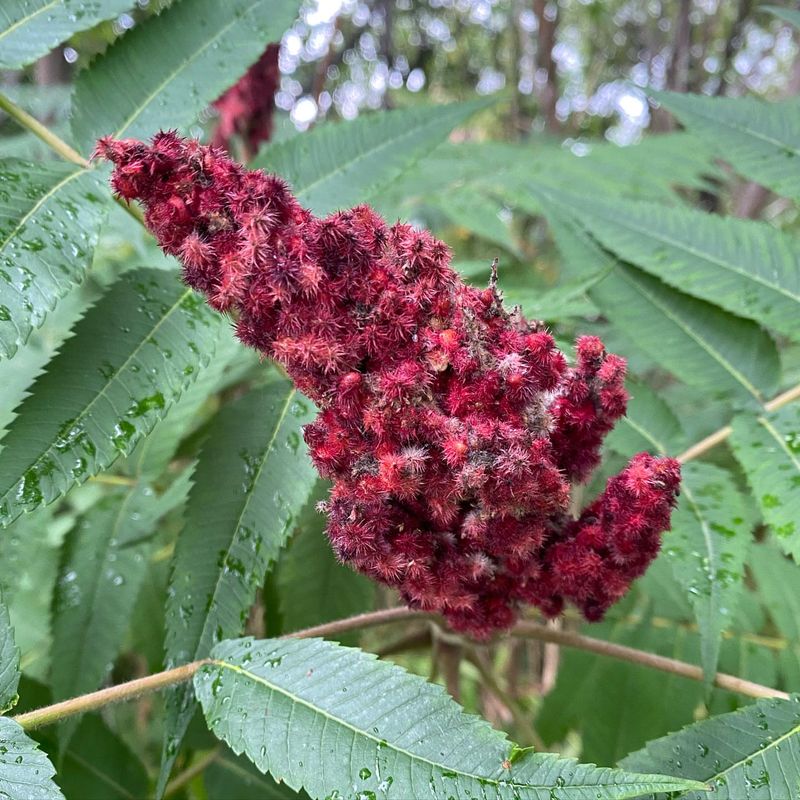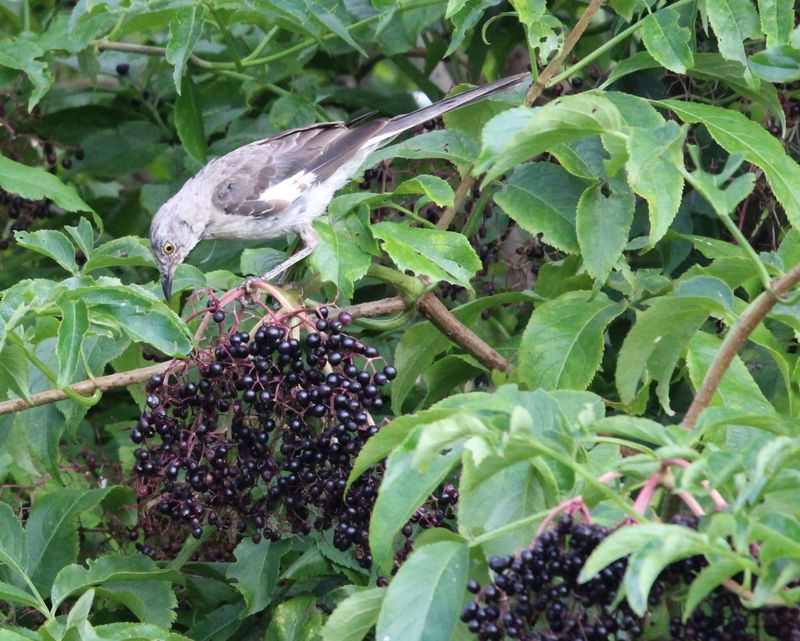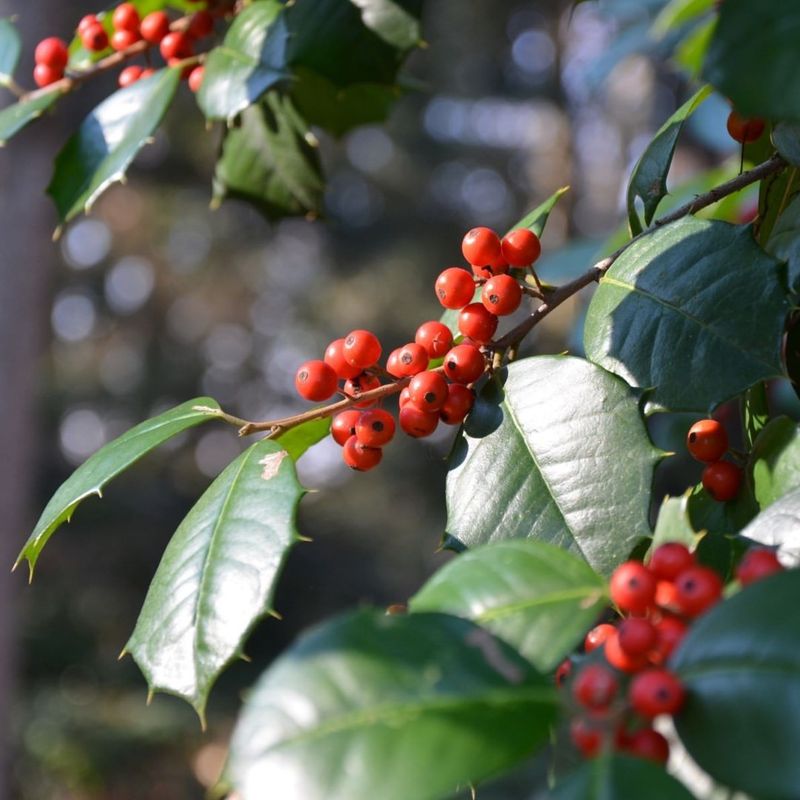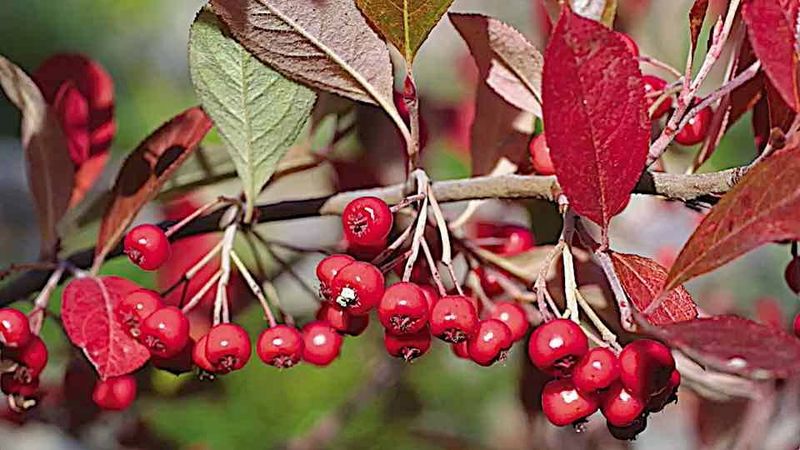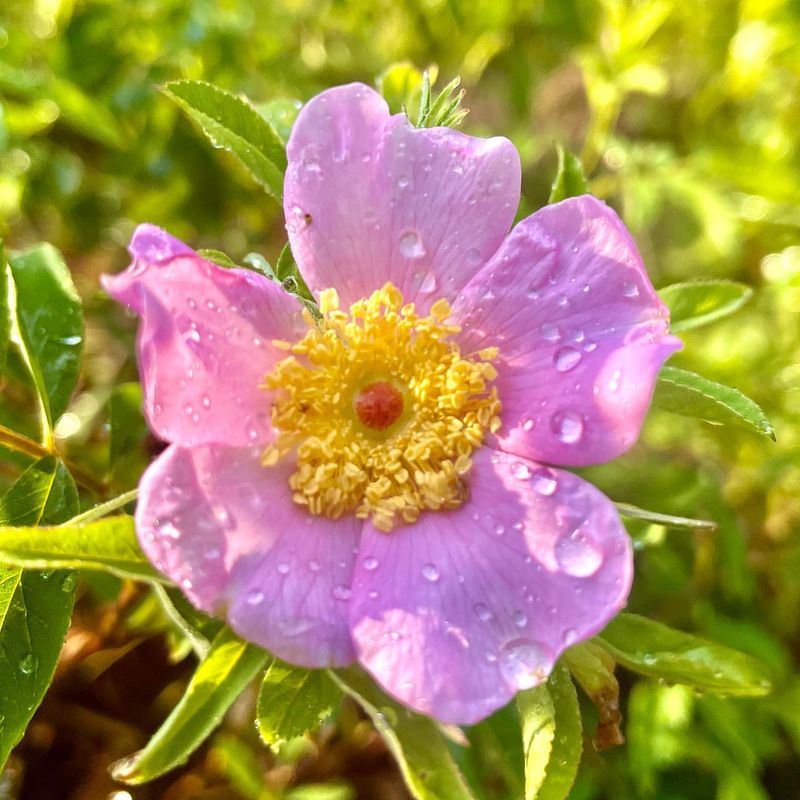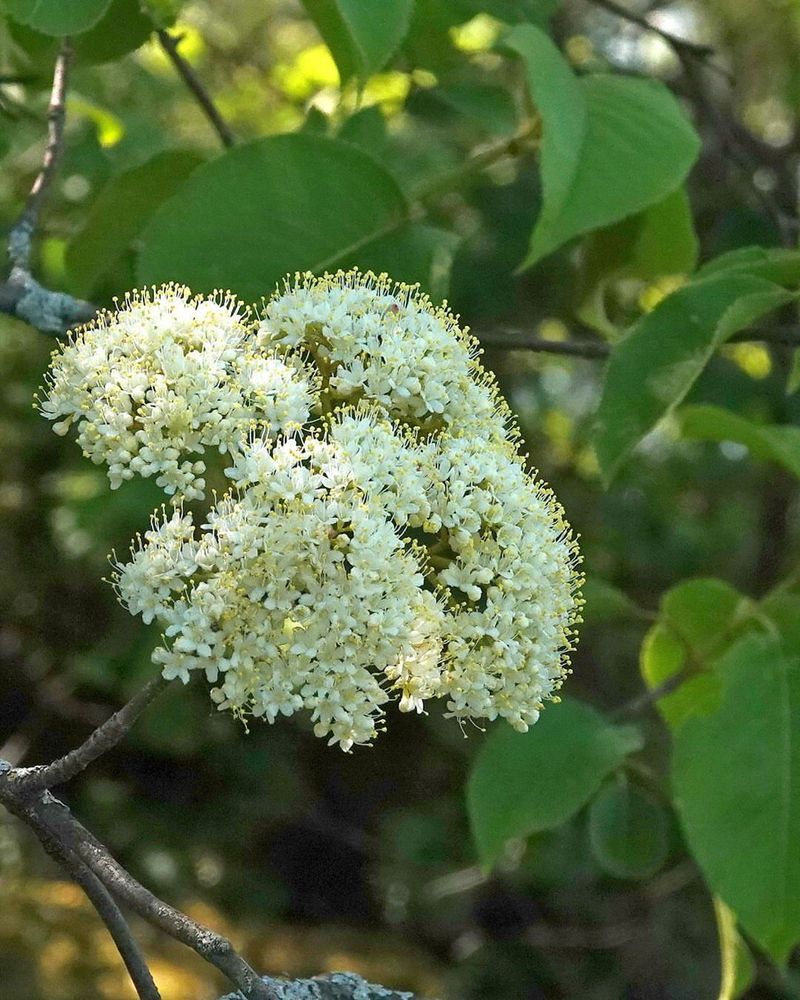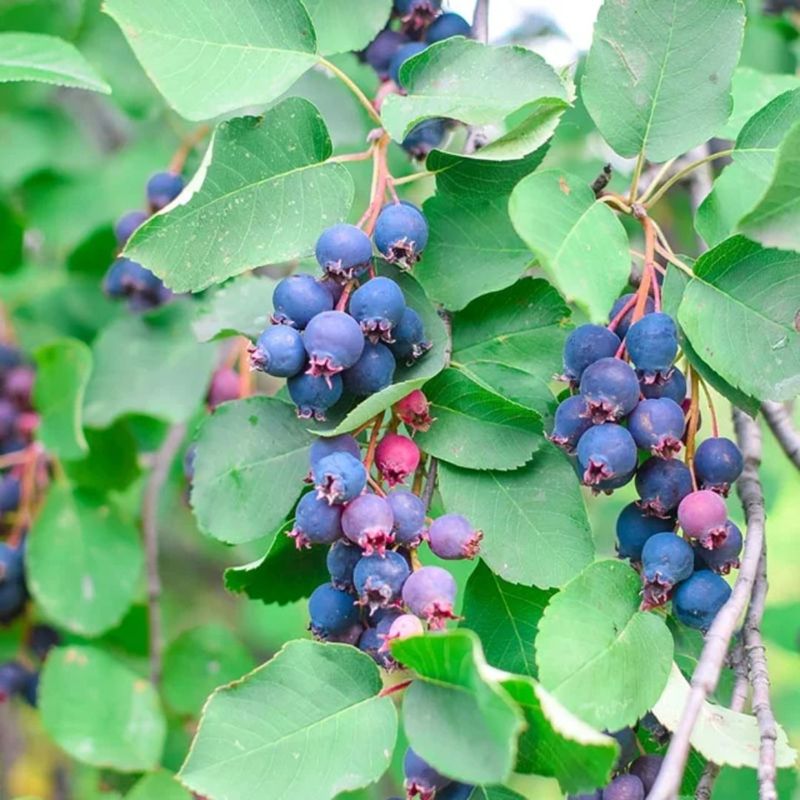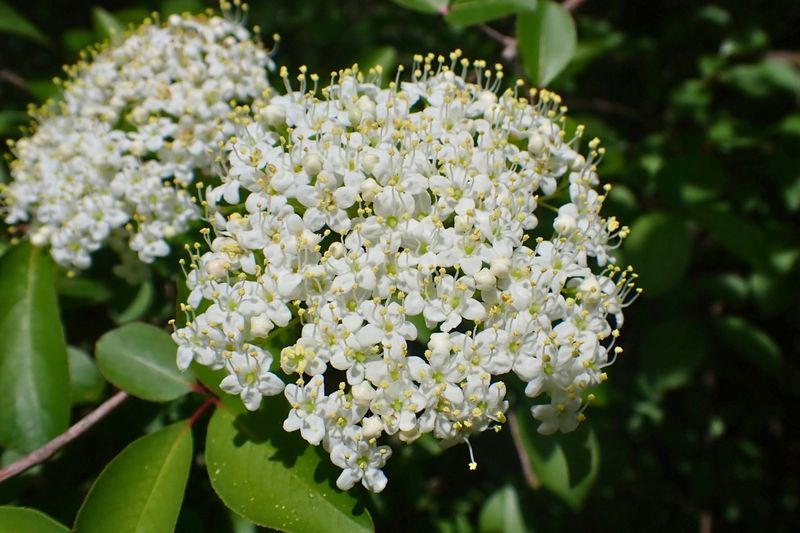When winter hits New York, food gets scarce for our feathered friends—but the right native shrubs can make all the difference. I’ve added a few to my yard over the years, and it’s amazing how much bird activity they bring, even on the coldest days.
These shrubs are tough, beautiful, and packed with berries or seeds that birds love. Plus, they’re adapted to the local climate, so they thrive without extra fuss.
Let’s give the birds a reason to stick around all winter long with these natural food sources!
1. Winterberry
Bright red berries cling to bare branches after leaves drop, creating a stunning winter display across New York landscapes. Cardinals and robins especially love these nutritious fruits during snowfall.
The dense growth pattern provides excellent shelter from harsh winter winds. Native to wetland edges throughout the state, this holly variety requires both male and female plants for berry production.
2. Arrowwood Viburnum
Dark blue fruits hang in clusters well into winter, attracting bluebirds and cedar waxwings throughout New York state. The berries become even more palatable to birds after several freeze-thaw cycles.
Hardy and adaptable to various soil conditions, this viburnum thrives in both sun and partial shade. Its distinctive arrow-straight branches make it recognizable even when dormant during the Empire State’s coldest months.
3. American Cranberrybush
Brilliant scarlet berries persist through harsh New York winters, often remaining until early spring when food is most scarce. The tart fruits become more appealing to birds after freezing temperatures naturally sweeten them.
Mockingbirds and thrushes frequently visit these bushes during January snowstorms. Despite its name, this viburnum isn’t related to the cranberries you eat at Thanksgiving, though it’s equally valuable to wildlife across the state.
4. Bayberry
Waxy, silver-gray berries persist throughout winter, attracting tree swallows and yellow-rumped warblers across New York. These birds specifically seek out the high-fat content that helps them survive frigid temperatures.
Salt-tolerant and perfect for coastal New York gardens, bayberry thrives where other plants struggle. The aromatic leaves and berries have been used historically for candle-making by early settlers throughout the Northeast region.
5. Eastern Red Cedar
Technically a juniper rather than a true cedar, this evergreen produces blue berry-like cones that cedar waxwings are named after. Throughout New York’s harshest winter months, over 50 bird species rely on these nutritious fruits.
The dense foliage provides crucial shelter from predators and bitter upstate winds. Despite challenging growing conditions, these resilient trees thrive across New York’s varied landscapes, from coastal areas to mountain regions.
6. Spicebush
Small, bright red fruits ripen in fall and often persist into early winter, providing food for thrushes and catbirds throughout New York. The entire plant offers multi-season value to both birds and butterfly caterpillars.
Early settlers used the aromatic twigs for tea during harsh New York winters. This understory shrub thrives in woodland edges and partial shade, making it perfect for naturalized areas in suburban gardens across the state.
7. Northern Bayberry
Clusters of bluish-white berries cling to branches well into February, providing critical late-winter nutrition for birds throughout New York. The waxy coating contains high-energy fats that help birds maintain body heat during frigid nights.
Perfectly adapted to poor soils along coastal regions of the state, these shrubs fix nitrogen naturally. New York gardeners appreciate their ability to thrive with minimal care while supporting diverse bird populations during the leanest months.
8. Inkberry Holly
Small black berries contrast beautifully against evergreen foliage, remaining available to birds throughout New York’s snowy season. Unlike other hollies, the leaves lack spines, making them easier for gardeners to work around.
Naturally found in wetland areas across the state, this holly adapts well to home landscapes. The compact growth habit makes it perfect for foundation plantings in suburban New York properties while still providing valuable winter bird food.
9. Staghorn Sumac
Dramatic cone-shaped clusters of fuzzy red berries remain available above snowline, feeding birds when other food sources are buried. Throughout New York, these distinctive fruits provide emergency food during the harshest winter conditions.
The velvety branches resemble deer antlers in velvet, giving this native its distinctive name. Fast-growing and adaptable to poor soils across the Empire State, sumacs create impressive naturalized colonies that benefit numerous bird species.
10. Common Elderberry
While most fruits are consumed by fall, late-ripening berries occasionally persist into early winter, especially in sheltered New York locations. The nutrient-dense fruits attract over 40 bird species throughout the state.
Growing along stream banks and woodland edges across New York, elderberries create perfect bird habitat. Their fast growth and adaptability make them excellent choices for wildlife gardens and natural area restoration projects throughout the region.
11. American Holly
Iconic red berries against glossy evergreen leaves create the classic winter holiday look while feeding birds throughout New York. The dense growth provides excellent nesting sites and winter protection from harsh weather.
Female plants produce berries when male pollinators are nearby, supporting mockingbirds and thrushes. Though reaching the northern edge of its range in New York, this holly thrives in protected locations throughout the southern parts of the state.
12. Northern Arrowwood
Blue-black fruits often hang on well past the first frosts, providing food during early New York winters. Birds particularly value these berries during transition periods when insects become scarce but before deep snow arrives.
The straight stems were historically used for arrow shafts by Native Americans throughout the region. This adaptable viburnum thrives in various conditions across New York state, from moist woodlands to drier upland sites in suburban gardens.
13. Chokeberry
Clusters of glossy black or red berries (depending on species) often remain through January across New York landscapes. Though astringent to humans, these fruits become more palatable to birds after freezing temperatures break down the harsh compounds.
Spectacular fall foliage adds seasonal interest before the winter fruit display begins. Both black and red varieties thrive throughout New York state, adapting to various soil conditions while providing reliable winter bird food.
14. Virginia Rose
Bright red rose hips persist well into winter, their high vitamin C content providing excellent nutrition for birds across New York. The dense, thorny growth creates protected nesting sites and shelter from winter predators.
Native to coastal areas and meadow edges throughout the state, this wild rose is salt-tolerant. New York gardeners appreciate its ability to stabilize slopes and thrive in challenging conditions while supporting diverse bird populations.
15. Nannyberry
Large blue-black fruits hang in drooping clusters, often persisting into early winter throughout New York’s varied landscapes. Birds particularly value these nutritious berries during the transition from fall to winter.
Growing up to 15 feet tall, this viburnum creates excellent structure in naturalized areas across the state. The fruits ripen from pink to blue-black, giving New York gardens extended seasonal interest while providing valuable wildlife food.
16. Serviceberry
Though primarily known for summer berries, occasional fruits persist into early winter in protected New York locations. Birds quickly consume the sweet, purple berries, which resemble blueberries in both appearance and nutritional value.
Multi-season interest makes this small tree valuable in New York landscapes year-round. Spring flowers, summer fruits, brilliant fall color, and attractive winter bark ensure this native remains a garden favorite throughout the Empire State.
17. Blackhaw Viburnum
Pink-changing-to-blue-black fruits often hang on branches well into winter across New York’s diverse regions. The berries become sweeter after frost, making them increasingly attractive to birds as other food sources disappear.
Historically, Native Americans throughout New York utilized this plant for medicinal purposes. Its multi-stemmed growth habit creates excellent structure in winter gardens while providing both food and shelter for numerous bird species throughout the state.

